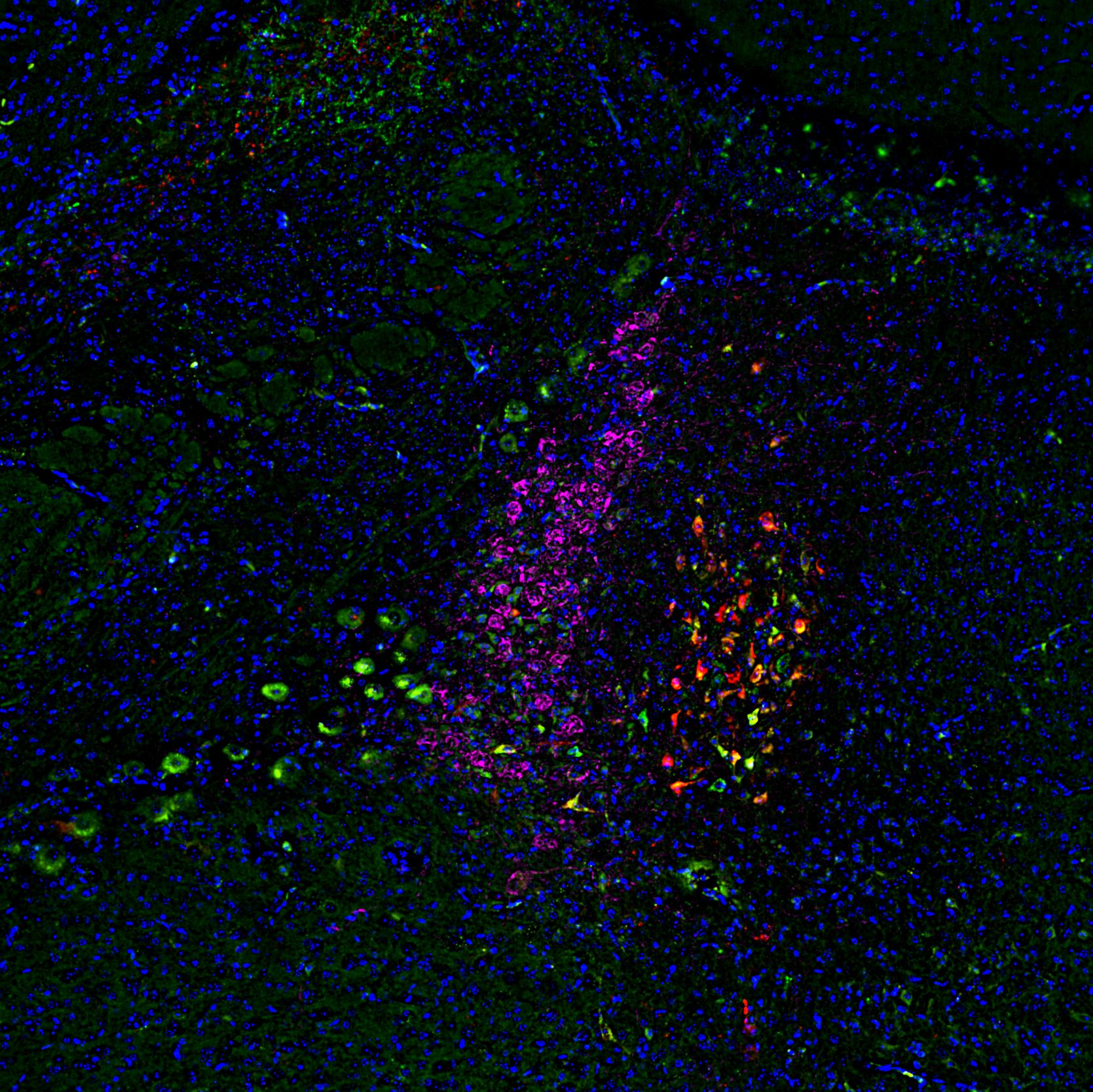
Understanding the genetic and neural basis of behavior
Behavioral diversity abounds in nature. How does it work?
What is the genetic and neural circuit basis of ecologically relevant behavior?
The neural basis of context dependent urination
Voluntary micturition—the decision of when and where to release urine—is a precisely regulated cognitive process in both humans and rodents. Using the laboratory mouse genetic toolkit, we investigate the anatomy and function of the central micturition circuit and how it changes over the lifespan.
Image credit: Nicole Bedford
Behavioral adaptations to ecological challenges
We integrate behavioral ecology with transcriptomic profiling of key brain regions to investigate how rodents adapt to physiological challenges. Our research focuses on uncovering the genetic and neural mechanisms underlying social thermoregulation and torpor.
Image credit: Nicole Bedford

